|
A corner of the renowned tea planting area in Thai Nguyen province. |
The days up to the Lunar New Year in 2022 were hectic for To Van Khiem, who was busy with trucks carrying tea to customers.
The favorable weather conditions in 2021 helped his 1.5ha tea plantation yield high-quality items suitable for sale to Europe. The tea tree sales bring in 300-500 million VND annually to his family.
In the area of Phu Luong in Thai Nguyen province, hundreds of families have prospered thanks to tea plantations. More than 4,000 hectares of tea cultivation in four communes of Phu Luong district, with an annual production of more than 42 thousand tons, is anticipated to bring in 1,200 billion VND from the four big tea regions in Thai Nguyen province.
High potential
| A tea garden in Khe Coc village. |
There is a lot of potential and components for a concentrated tea production region in the four communes Tuc Tranh, Vo Tranh, Phu Do and Yen Lac. This prompted the district People's Committee to devote efforts to encourage people to develop a huge tea area, beginning in 2016. Combined, the tea areas in these four communes now account for 70% of the district's total.
Farmers in Tuc Tranh commune, where the notable Khe Coc tea is grown, are particularly well known for their expertise.
Khuem told VietNamNet that he arrived in Phu Luong in 1975. It was still a hilly territory with poor socioeconomic conditions at the time. The locals learned how to make tea from that point forward.
Even though he grew up in a tea-producing region of the country, he didn't realize how much of a role tea would have in his life until he visited Japan in 2013.
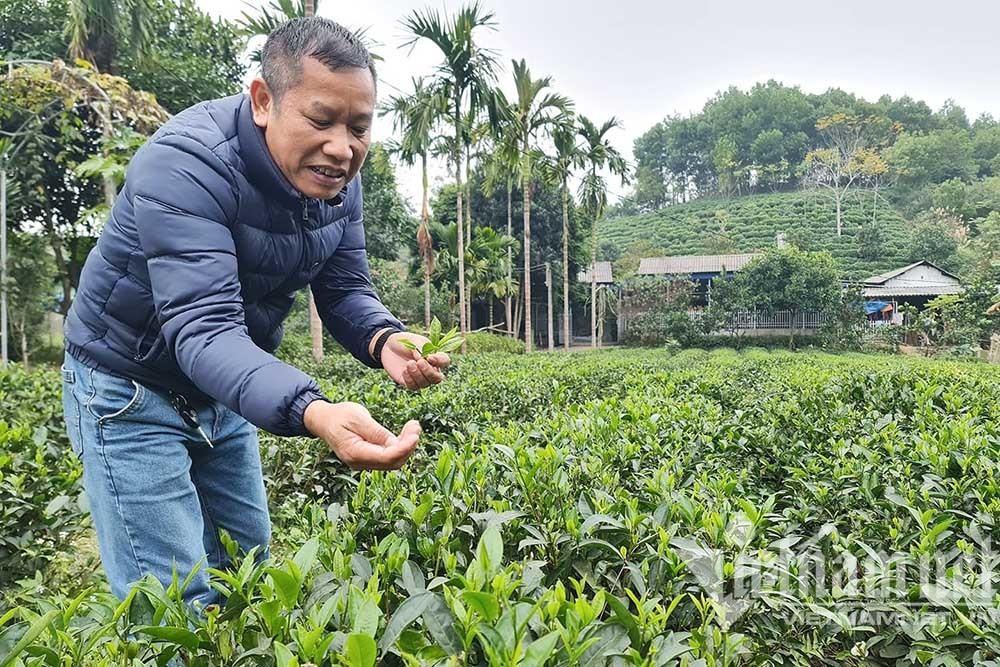 |
|
Mr. To Van Khiem in his family's tea garden. |
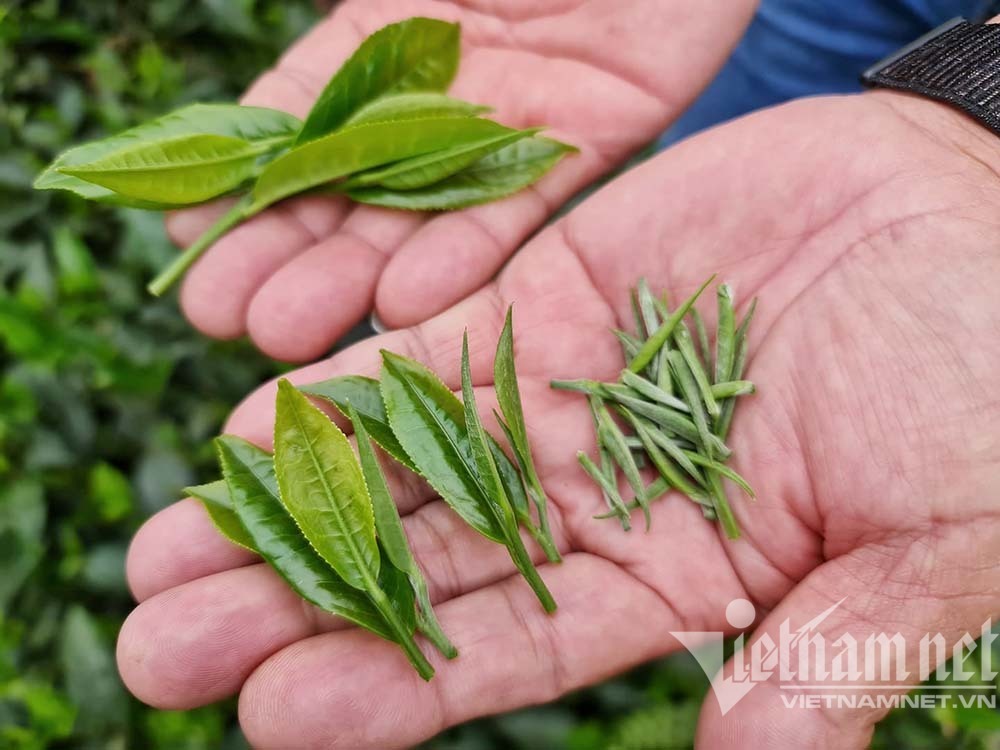 |
|
People in Phu Luong sift tea as soon as it is picked. |
“In Japan, I saw tea products sold for thousands of dollars per kilogram. Meanwhile, the same sort of tea in Vietnam is sold for a fraction of the price.” A restaurant owner turned tea grower, Khiem explained why he made the switch.
Since he's been in charge of Khe Coc Village for the past eight years, Khiem has grown increasingly aware of the need for authorities to lead the charge in converting and establishing organic tea plantations.
He and about 100 other households in Khe Coc village, which had previously been a VietGAP standard tea region, have transformed the land into an organic tea area since 2016. Over 40 hectares of organic tea plants have been planted in Khe Coc thus far.
“Tea output drastically fell in the first year using organic fertilizers. I, along with everyone else in town, was really concerned about this. Even while production fell, the product's value climbed by a factor of several times, which created an economic dilemma that we may still get benefits from a pesticide-free tea region,” said Khiem.
A decade of working with tea bushes has paid off all of Khiem’s obligations, allowing him to amass a fortune that many people only dream of attaining. The cultivar that has fed many homes in Phu Luong has been a blessing to him.
He currently serves as the manager of the Khe Coc safe tea cooperative, which has 15 members. About VND 250-300 million is generated from each hectare of tea plants.
Fertilized honey, eggs for food
|
Organic tea area in Phu Luong district. |
Many residents in Khe Coc village, Tuc Tranh commune, use eggs and honey to fertilize tea bushes in Khe Coc village. People were hesitant at first, but when they witnessed the results, everyone was awestruck by the tea's delicacy, sweetness and taste.
After mixing a liter of honey and 10 chicken eggs with water, Khiem dilutes it with water then sprinkles the tea roots. He uses this to irrigate tea trees on a 360m2 plot. At harvest, these teas are assessed one by one so that they may be processed into higher-quality blends with enhanced flavor, aromas and clarity. From 23-25 million VND/kg, each box of tea may be purchased for sale.
Families can make 3-5 kg of excellent tea a month by following the instructions. This is a significant amount of money that helps families cover the expenses of cultivating and harvesting tea.
Along with fertilizing eggs with honey, many farmers in Phu Luong district have experience in processing to retain the sweetness of tea with instruction from the Vietnam Tea Association. Specifically, with the slow processing process, prolonging the time will help the enzyme conversion process in the tea buds retain minerals and sugars. The completed product has a distinct flavor, despite the additional time required.
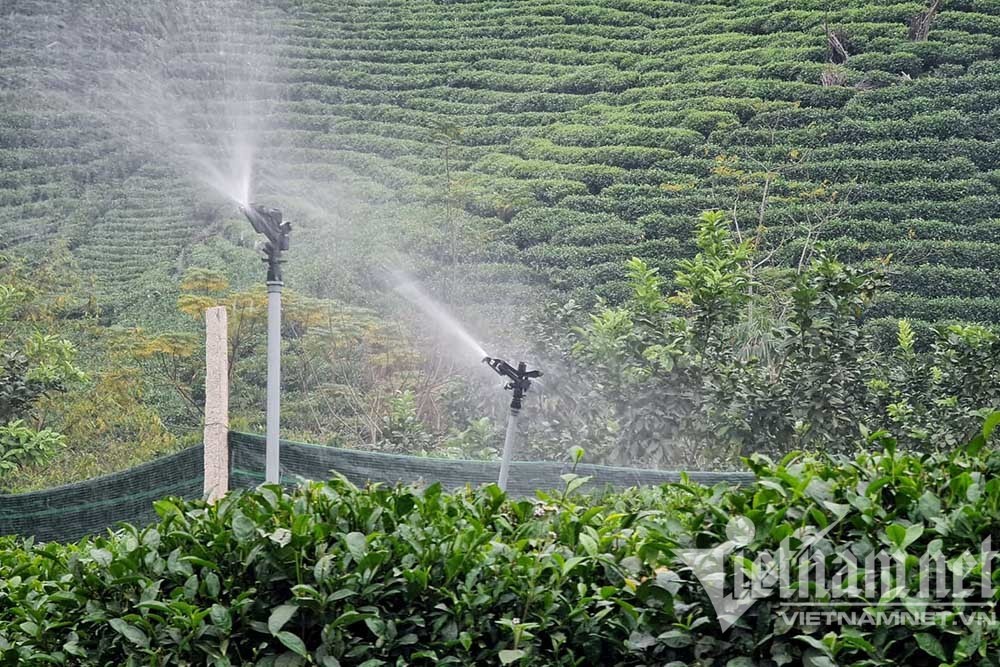 |
|
Government-funded automatic injection system. |
| Tea fields are a source of wealth for the residents of this tranquil region. |
It is notable that the inhabitants of Phu Luong have developed a wide range of tea-related items including green tea, tea powder, tea candy and tea bags, which has led to a rise in the value of tea products and in revenues for locals.
Permanent Deputy Secretary of the Phu Luong District Party Committee Le Van Quy said that farmers have now gained a fortune since cultivating tea plants with the goal of eradicating hunger and alleviating poverty.
Quy says that tea is a spearhead plant because there never is a need for others to “rescue” them if sales are slow. Tea plants have a higher added value since they are less impacted by the weather, and the value can increase by up to 30% annually. In Phu Luong, people are devoted to their tea plants.
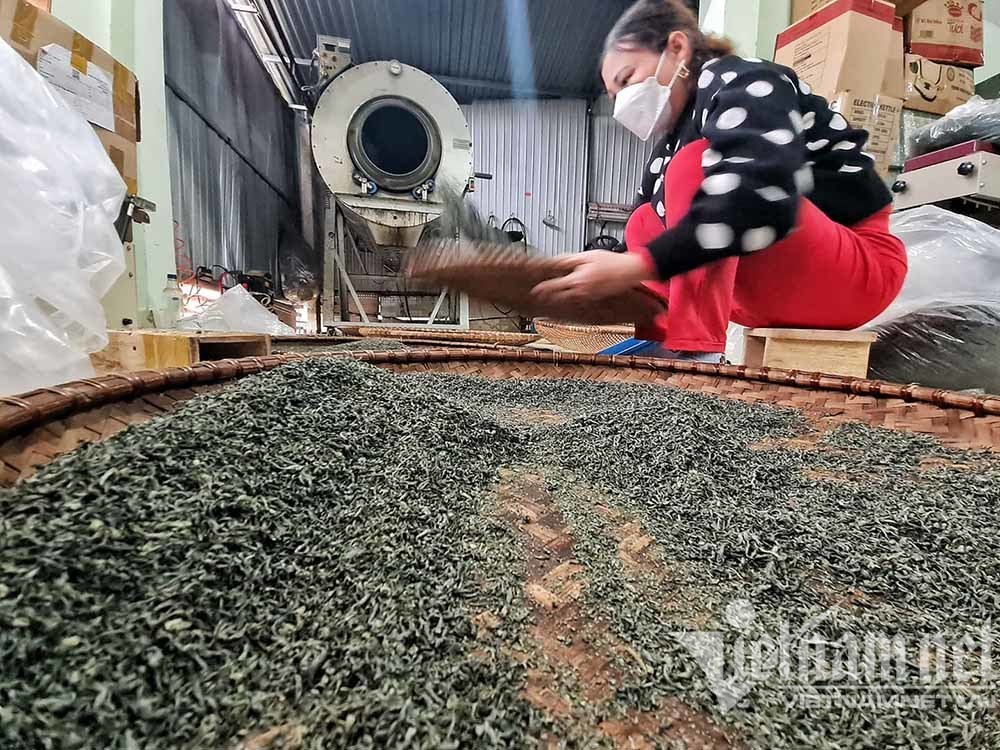 |
|
Using a low-speed processing method results in better flavorful tea. |
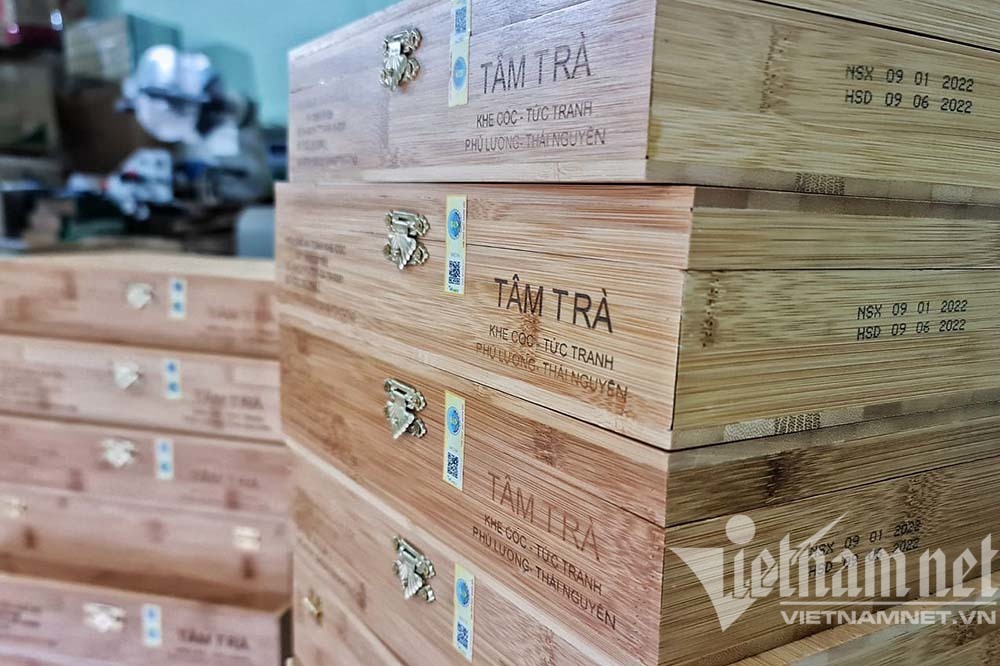 |
|
Each box of premium tea costs VND 23-25 million (over $1,000). |
Doan Bong

A potted history of Vietnamese tea
An old Asian scholar once said: “There is something in the nature of tea that leads us into a world of quiet contemplation of life.” And he was not wrong.

Phin Ho ‘shan tuyet’ tea –specialty of Ha Giang
“Shan tuyet” tea, a famous specialty of Phin Ho village, is one of the special things visitors cannot forget once setting foot in Tay Con Linh Mountain in the northernmost province of Ha Giang.
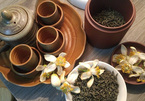
Grape fruit flower tea – a specialty of Hanoi
Vietnam’s traditional tea art is neither sophisticated like the Japanese tea art nor complicated like the Chinese one.